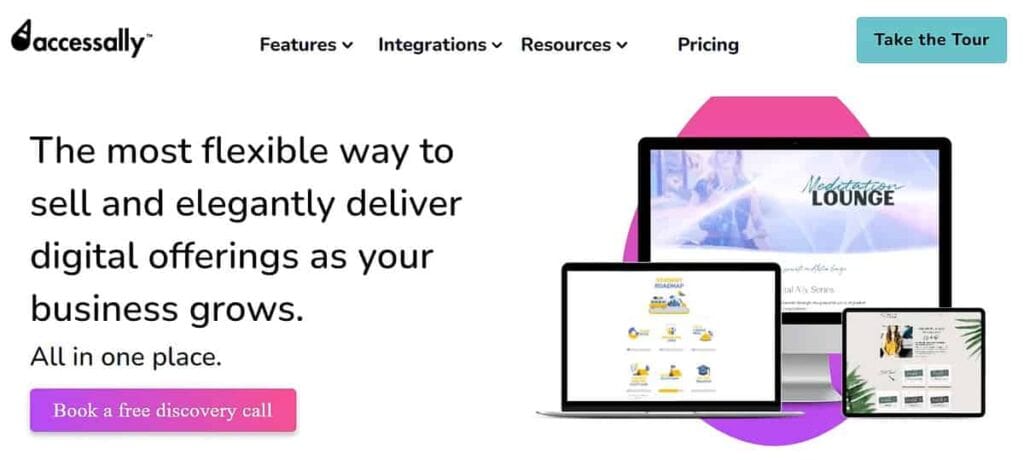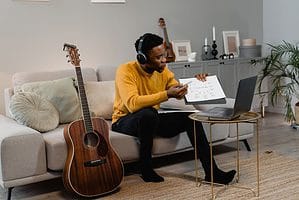Are you struggling with creating engaging training modules for your eLearning programs?
Don’t worry; you aren’t the only one. Making the right modules for your learners is essential for a successful online course.
You’ll succeed when you find that sweet spot between engagement and interest.
This success means you’ll see a higher performance and retention rate – the perfect combination for anyone delivering online courses.
With this article, we’ll help you navigate the process of creating training modules for effective learning.
From the planning stages to developing and promoting your online training modules, we’re here to help you make the most of your online teaching.
Understanding training modules: What are they, and which should you choose?
Before we start, it’s essential to know what we mean by ‘training modules.’ Training modules are structured resources designed to deliver specific learning outcomes.
Within the learning process, they’re a vital feature for your learners as they help to facilitate knowledge retention and allow for a flexible and self-paced learning environment.
This is key when making ordinarily complex subject matters more manageable for students, which, in turn, enhances learner engagement.
There are several training modules to consider when developing your online course. These include:
Interactive modules
Interactive modules aim to engage learners actively. They often incorporate quizzes, polls, interactive simulations, and branching scenarios to encourage learner participation.
Interactive modules are highly effective for subjects that require learner engagement and decision-making, such as compliance training, soft skills development, and complex problem-solving.
Video modules
Video modules use multimedia content, primarily video, to deliver a course. They can range from short instructional videos to full-length lectures, interviews, or documentaries.
Video modules are versatile and can be used in various scenarios, including virtual tours, product demonstrations, and storytelling.
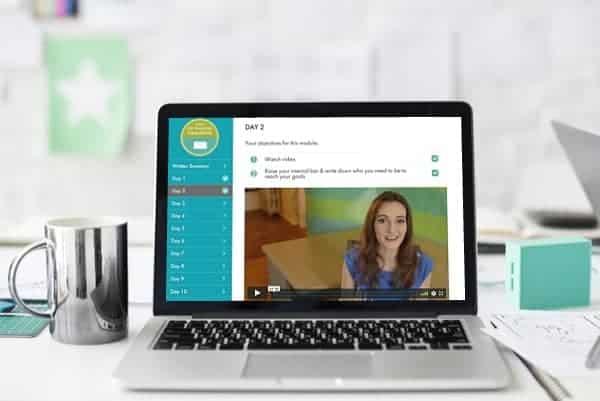

Text-based modules
Predominantly using written content to convey information, text-based modules include text, documents, PDFs, eBooks, and articles.
They are ideal for sharing detailed information, explanations, or references. They work well for subjects where learners need to absorb and reference text, such as technical documentation, research studies, or legal training.
Simulation-based modules
Simulation-based modules are invaluable for training in industries like healthcare, aviation, and manufacturing, where hands-on experience in a risk-free environment is essential.
They enable learners to practice skills, make decisions, and gain confidence before applying them in real-life situations. These modules can include computer-based simulations, role-playing exercises, and virtual labs.
Understanding these different types of learning modules can help you choose the appropriate format to deliver an engaging learner experience.
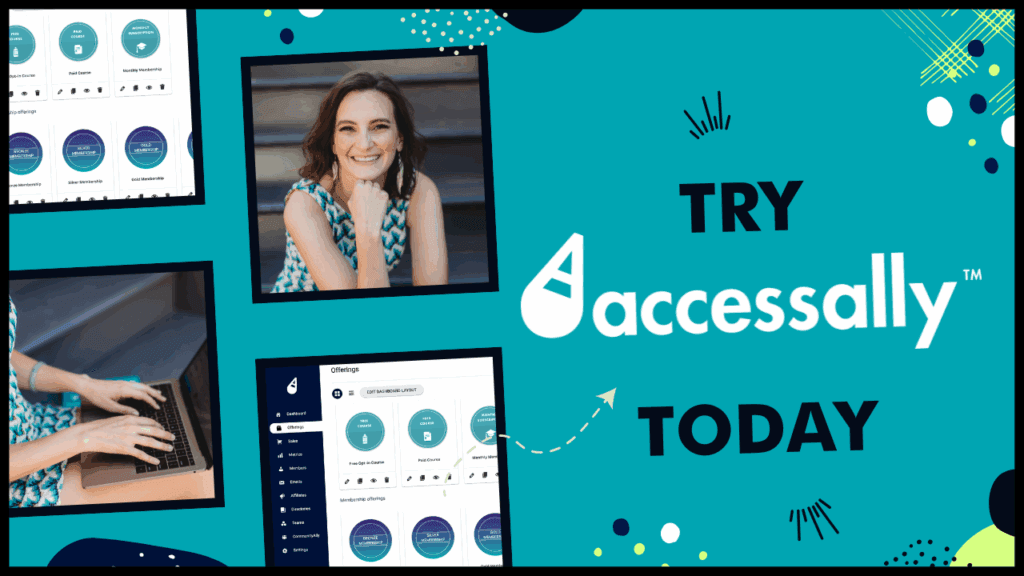

The benefits of breaking down a course into modules
Improving learner engagement and simplifying the process is a great way to improve the student’s educational journey.
Training modules help with the learner experience for four key reasons; they:
Improve understanding of the course content
Breaking down a course into modules can significantly enhance learners’ comprehension. Popular among eLearning is something called microlearning.
Microlearning involves lessons offered in short, bite-sized, manageable chunks. Doing this allows learners to focus on one topic at a time, resulting in better retention and understanding of the topic.
Offer flexible learning
Did you know that over 60% of students favor studying online because of flexibility?
Breaking content into modules means learners can progress through the course at their own pace, giving them more room to utilize their learning styles and needs.
Learners can go about the course with little pressure to ‘keep up’ with coursemates, while those who grasp the knowledge quicker can continue.
The flexibility of modules allows for a wide range of schedules, making learning more accessible to a broader audience.
Increase learner engagement
Modules are a great way to create interactive and engaging learning experiences. You can enhance user engagement by incorporating quizzes, discussions, multimedia elements, and group activities.
Engaged learners are more likely to continue with a course and have a higher satisfaction rate regarding their academic experience.
Simplify the learning process
Simplifying a course through modules provides educators and learners with a streamlined process.
Tools such as AccessAlly help organize and manage content, providing course creators with tools that ensure a coherent and structured learning experience.
As a powerful WordPress plugin designed to scale online businesses through courses, AccessAlly reduces administrative burdens, allowing course creators to focus on delivering high-quality content and engaging modules.
Steps to design effective training modules
Effective training modules are crucial for a successful learning experience.
Here, we’ll guide you through ways to design your training modules to be as engaging, memorable, and informative as possible.
1. Identify your target audience and learning objectives
Before diving into the design of your training modules, it’s essential to research and understand your target audience thoroughly.
This understanding allows you to tailor your modules to their specific needs and requirements.
A one-size-fits-all approach rarely succeeds in education, so gathering insights about your learners ensures that your modules resonate with them, leading to higher engagement and better retention rates.
To gain a deeper understanding of your audience, you can follow research techniques such as:
- Surveys: Conduct surveys to collect quantitative data about your audience’s demographics, prior knowledge, and preferences. Tools like Google Forms or SurveyMonkey are great options for this.
- Interviews: Set up interviews with potential learners to understand their expectations from a course like yours. This is a great way to get to know your learners personally and professionally.
- Persona creation: Learner personas are fictional representations of your expected audience. Personas include details like age, background, and goals, providing a clearer picture of your learners’ profiles.
Once you have done this, setting clear learning objectives is incredibly important. These objectives define what the learner should know or be able to do after completing the module.
Learner objectives serve as a roadmap through education journeys. Clear learning objectives provide focus and clarity, offering insights into course content throughout.
The best way to create effective learning objectives is to follow the SMART criteria:
- Specific: Be clear when defining the objective, avoiding vague language. Provide specific details about what the learner is expected to achieve by the end of each lesson.
- Measurable: Design objectives that can be assessed, allowing you to track progress and achievements.
- Achievable: Make sure that the learning objectives are achievable and within the learner’s capabilities. Think challenging, not impossible.
- Relevant: The objective should directly relate to the module’s content and contribute to the learning goals.
- Time-bound: Specify a timeframe within which the objective should be completed.
With these steps to understand your audience and define clear learning objectives, you can set a solid foundation for designing training modules that resonate with learners and lead to successful educational experiences.
2. Choose the online course builder that best suits your needs
Choosing the right online course-building platform for you is an incredibly important decision, as this can have a massive impact on the success of your eLearning course.
Choosing the right course builder goes beyond just creating the content; it impacts user experience, scalability, and monetization opportunities as well.
There are several questions you should ask yourself when choosing the best course builder:
How easy is it to use?
A user-friendly interface ensures that course creators and learners can easily navigate the platform.
This is extremely important for a positive user experience, as this can help boost engagement and learner satisfaction.
Course builders with easy-to-use module templates are a great way to start, giving you a coherent starting point.
What customization features are available?
Customization to align with your existing branding is essential. Your course builder should be flexible enough to adapt to your unique needs and style.
Are there adequate integration capabilities?
Integration with other tools and systems, such as eCommerce platforms like WooCommerce, is essential. This means that your course builder works fluidly with your existing plugins and features already in place.
AccessAlly has advanced integration features that allow existing plugins to be used on your site, right from the get-go.
What is the cost implication?
Firstly, you need to determine what your non-negotiables are for the type of eLearning content you want to produce.
For example, your training modules might require you to invest in specific hardware like a microphone, a professional camera, or lighting.
Similarly, software tools like PowerPoint or Canva, video editing software, and screen recording apps may be essential to create polished and engaging training modules.
These tools provide the means to edit, enhance, and assemble your content effectively, ensuring that your eLearning materials meet the highest standards of quality and professionalism.
Then, you’ll need to consider your initial costs and outgoings and develop a realistic budget. Once you’ve done this, you can choose which course builder best suits your needs, as well as your financial capabilities.
Do they have reliable customer support?
Reliable and responsive customer support is invaluable when setting up and running your online training modules.
Questions along the way are inevitable, and you will want to get answers as soon as possible.
Customer support is vital in quickly getting the answers you need, so always look up authentic user reviews where possible.
AccessAlly offers the perfect solution to all these questions from every aspect of your course creation and management.
The user-friendly course builder simplifies creating and maintaining your training modules, from progress tracking to drip release modules. Better yet, its comprehensive learning management system (LMS) platform ensures that your courses are organized and optimized for learning success.
3. Plan your content
Effective planning is essential in creating effective training modules. Start by deciding on the type of content formats that will best serve your learning objectives.
Consider incorporating a mix of text, engaging videos, interactive activities, quizzes, and other elements that align with your course goals.
With a well-structured outline in hand, begin organizing your content logically. Ensure a natural flow of information, integrating multimedia elements, real-world examples, and case studies to captivate your learners and keep them engaged throughout their learning journey.
4. Create your training modules
To create an effective learning module, you need a strategic approach that ensures it is engaging, informative, and aligned with your educational objectives. Here are some steps you can follow:
- Outline your modules: Create an outline for your training modules. Begin with broad topics and break them down into smaller subtopics. Organize these subtopics logically to ensure a smooth flow of information.
- Gather necessary learning materials: Identify the types of learning materials you need for each module. These may include presentations, slides, downloadable handouts, videos, quizzes, and assessments.
- Embrace microlearning: Incorporate the concept of microlearning into your module creation. Instead of lengthy videos, create shorter, 3–5 minute videos that focus on specific subtopics or skills.
- Ensure alignment with objectives: Throughout the creation process, ensure that your learning materials align with your predefined objectives. This alignment is crucial to keep your learners on track toward their educational goals.
- Test and review: Before finalizing your modules, test them to ensure everything functions correctly. Review the content for accuracy, clarity, and engagement. Make any necessary adjustments based on your testing and review.
- Get feedback: Once your modules are live, actively seek feedback from your learners. Listen to their input and use it to make improvements to your training modules.
5. Deliver your course
When it comes to delivering your course, promotion plays a crucial role in attracting learners.
Explore various promotional strategies, such as leveraging paid advertising and implementing email marketing automation to reach your target audience effectively.
Along with email marketing, here are some other things you can do to make your online courses more enticing to learners:
- Creating an affiliate program through AccessAlly can be a valuable approach to expand your course’s reach and attract more participants.
- Create a sense of urgency by periodically offering limited-time discounts or early-bird pricing. This can incentivize potential learners to enroll quickly, boosting initial enrollment numbers.
- Partner with influencers or industry experts who align with your course’s subject matter. Their endorsement and promotion can help you tap into their dedicated follower base and generate interest in your course.
- Make your course more unique, by offering things like 1-on-1 coaching programs. This is an excellent tool for providing personalized coaching alongside your eLearning courses, and will entice learners to sign up for a more personalized learning experience.
6. Track the results and optimize
Tracking results and continuous optimization are fundamental aspects of delivering a successful online course.
By monitoring the performance and gathering feedback from learners, you can enhance the learning experience over time.
Utilize various evaluation methods, including surveys, quizzes, and feedback forms, to gain insights into the course’s strengths and areas that need improvement.
Once you have collected this feedback, it’s important to use this information to optimize the course effectively.
AccessAlly’s Metrics Dashboard offers a comprehensive view of critical data points, such as the purchase origin of new subscriptions, time to completion, quiz results, page visits, and overall course completion. This dashboard provides course creators with actionable insights.
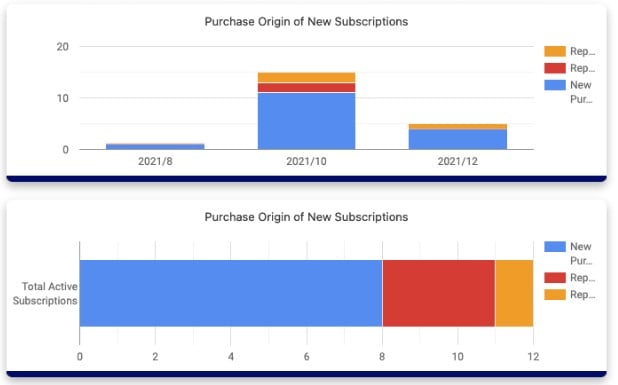

If you notice that one module has an unusually long completion time, you can delve deeper into the content. Ensure it is clear, concise, and engaging.
You may also consider adding more interactive elements or gamification features to increase learner engagement.


Best practices for developing effective training modules
To create impactful training modules, it’s essential to familiarize yourself with best practices that enhance the learning experience of your students.
Here are several approaches to help you achieve this:
- Incorporate interactive elements: To engage learners effectively, incorporate interactive elements, visuals, and real-world examples into your modules. AccessAlly’s user-friendly platform provides the tools to integrate these features, allowing you to create interactive and visually appealing content that captures and maintains each learner’s attention.
- Learn about accessibility: Accessibility is crucial to accommodate all learners, including those with disabilities. AccessAlly’s accessibility features, such as the fact that it is screen reader friendly, help make your modules inclusive, allowing everyone to access and benefit from your training materials.
- Keep everything up to date: Regularly updating content is also important to maintain its relevance and effectiveness. With AccessAlly’s user-friendly content management system, you can easily keep your modules up-to-date, ensuring that learners receive the most current and valuable information.
Improve your training modules with AccessAlly
Creating impactful training modules involves considering various elements, from content development and design to delivery and promotion.
Following best practices in eLearning can significantly enhance the learning experience for your audience.
Now, if you’re ready to simplify module creation and take your eLearning to the next level, AccessAlly is here to help. With its user-friendly interface, scalability, and integration options, it’s an ideal tool for course creators.
To get started, sign up, choose a plan that suits your needs, and begin creating your training modules today. Unleash the full potential of your online courses today with AccessAlly!


